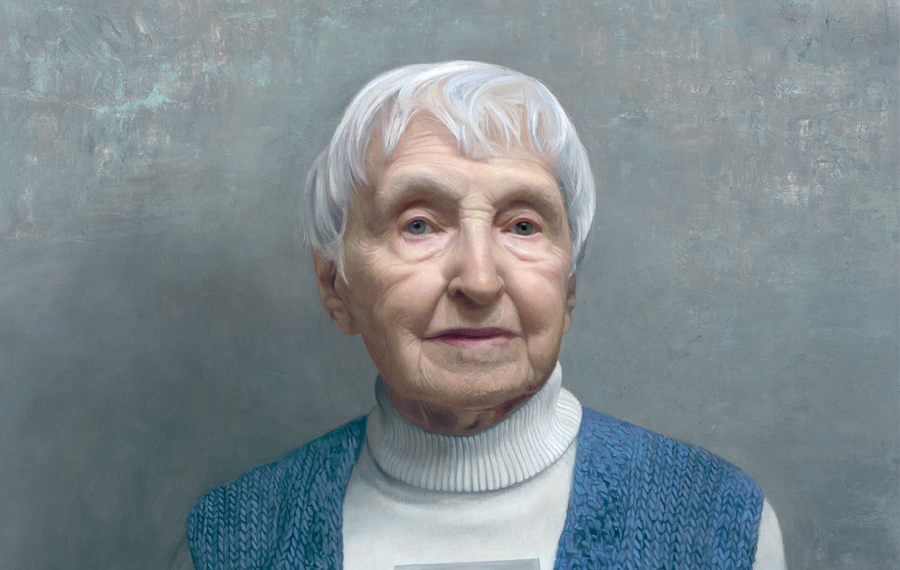 Hanna Davidson Pankowsky in “East of the Storm” by David Kassan Photo courtesy of Gallery Henoch
Hanna Davidson Pankowsky in “East of the Storm” by David Kassan Photo courtesy of Gallery Henoch Surrounded by painter David Kassan’s moving and painstakingly detailed portraits of Holocaust survivors, Executive Director of USC Museums Selma Holo quoted novelist Hermann Hesse: “When artists create pictures … it is in order to salvage something from the great dance of death.” What Hesse meant is that artists, when they create, are aware that their art will outlive them.
Holo made her comments in reference to “Bearing Witness, Survivors of Auschwitz,” a massive (17 1/2- by-8-foot), luminous, hyperrealistic, multipanel, lifesize painting of 11 Auschwitz survivors, all of them based in Los Angeles. It is a masterwork that took Kassan two years to complete. Look at the painting long and hard and you’ll begin to see traces of the survivors’ suffering and strength, their disasters and their triumphs, their inner light, even their very souls.
The “Bearing Witness” survivors look out at you without self-pity. It’s impossible to face them without having a strong emotional reaction. There is so much to focus on: the hands, the veins in their arms, the shadows in their faces, their stalwart expressions, the dreamlike background and edges, drawn from actual scenes Kassan saw when visiting Auschwitz.
This painting is the centerpiece of “Facing Survival,” the not-to-be-missed current exhibition at the USC Fisher Museum of Art. But Holo, who co-curated the exhibition with USC Shoah Foundation Executive Director Stephen Smith, said Kassan’s talent and sensitivity also can be seen and felt in his other works in the exhibition, including other paintings of survivors and old masters-like sketches of faces, arms and hands that he executed as studies for “Bearing Witness.”
The son of a U.S. Air Force pilot, Kassan, 42, is Jewish and was brought up in Little Rock, Ark., as well as on military installations. “I grew up very secular and I never had any cultural understanding of what it meant to be Jewish,” Kassan told the Journal. “When I grew up, being Jewish was something to be ashamed of, unfortunately. And then that all changed when I went to Israel six, seven years ago, and I studied there. Actually, I taught there for two, three weeks, and I got this tattoo when I was there.”
“Paintings like David’s are not disposable items … and by combining the [survivors’] testimonies with the paintings, we are left with something immortal.”
— USC Shoah Foundation Executive Director Stephen Smith
He points to the Hebrew letters spelling out the word shorashim (roots) tattooed on his forearm — the same area where Jewish concentration camp prisoners had their ID numbers tattooed by the Nazis. Kassan committed himself to what would become an obsession to memorialize some of those who survived.
“I’ve met almost 40 survivors who have adopted me in a way,” Kassan said. “They all wanted to feed me. They all wanted to Facetime with my fiancée, whose name is Shayna. [They said:] ‘Shayna! Beautiful!’ So I’ve grown to understand my culture and be proud of being Jewish by doing this project. … I’m so proud now —proud of Jewish artists, proud of meeting these people and learning what they’ve been through, learning what they’ve overcome.
“People are always asking me, ‘Being with Holocaust survivors, does this depress you?’ No, because I don’t define them as being Holocaust survivors. I define them by Ed being a developer and real estate guy, and meeting the family that Joshua has built and his four kids — just the joy they have in their family. And Pinchas being this amazing educator and cantor.”
In fact, Pinchas Gutter plays a key role in “Facing Survival.” A resident of Toronto, some years ago Gutter gave taped testimony to the Shoah Foundation, which, along with the Fisher Museum, is a co-sponsor of Kassan’s current exhibition.
Since its founding by Steven Spielberg in 1994, the Shoah Foundation has videotaped, catalogued and digitalized more than 50,000 interviews relating to the Holocaust, in 32 languages and 56 countries. Most interviewees were survivors, but there was also testimony from soldiers who had liberated camps, those who had lived in hiding or escaped to the East, even lawyers from the Nuremberg trials.
In recent years, the Shoah Foundation has expanded its mission, having become a resource for information and education about other genocides, and broadened its technical capabilities.
One of the highlights of the “Facing Survival” exhibition is that a visitor can interact with Gutter on a lifesize screen. Apart from his original testimony with the foundation, Gutter was filmed for five days, speaking about his life. Those answers have been programmed so that the on-screen Gutter can answer questions put to him — a technology useful in setting the groundwork for visitors not fully aware of the Shoah.
“I think it’s important for people, especially young people who may not know much about the Holocaust, for them to have portals of entry, and sometimes regular paintings or things that we grew up with are not as compelling to young people who have so much action all the time. Their attention span can be so diverted by all the stimuli they’re subjected to,” Holo said. “So for them to come here, sit down and have a virtual conversation with Pinchas, it’s a portal, first of all, into the experience of the Holocaust and they can learn something about it. And then, I think, they’re more positioned to go calmly through the exhibition and get what you want them to get out of it.”
What any visitor gets out of the exhibition is that Kassan has a lot in common with venerated old masters who honed their craft for the sake of the transcendent experience they had while working on a painting.
“I do the paintings because I want to learn about these people,” Kassan said. “I don’t even like the idea of showing and exhibiting. I like doing the painting for me, to have an experience and to understand things. Having to show it is the anxiety. And within painting, I don’t want any anxiety or stress because that’s kind of my sacred place.”
“But there must have been a turning point,” Holo said to Kassan, “when you realized that these [paintings] have to be shown … these [paintings] are you extracting a visual testimony that simply doesn’t even belong to you anymore at some point. It has to be part of the public experience.”
Kassan’s work is “a form of testimony,” Smith said, “and when I saw his work online, I wanted the Shoah Foundation to be involved. There is a literary and poetic quality to his visual art. David’s methodology is that he goes to the survivors’ homes and talks with them and listens to their testimonies as he paints them. Paintings like David’s are not disposable items … and by combining the [survivors’] testimony with the paintings, we are left with something immortal.”
“Facing Survival” is on view through Dec. 7 at the USC Fisher Museum, 823 W. Exposition Blvd. Admission is free. For more information, visit the website.
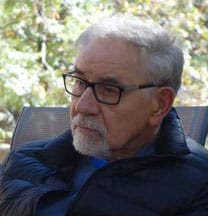
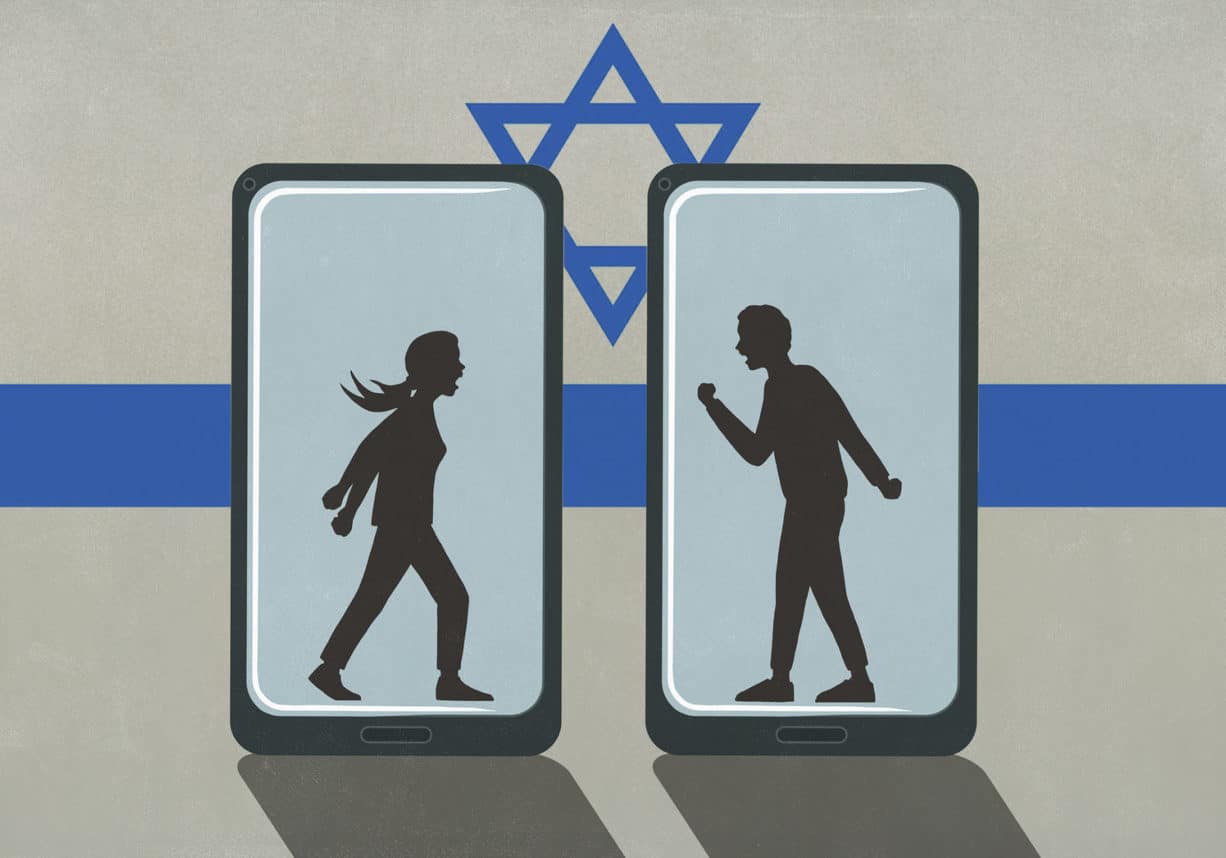


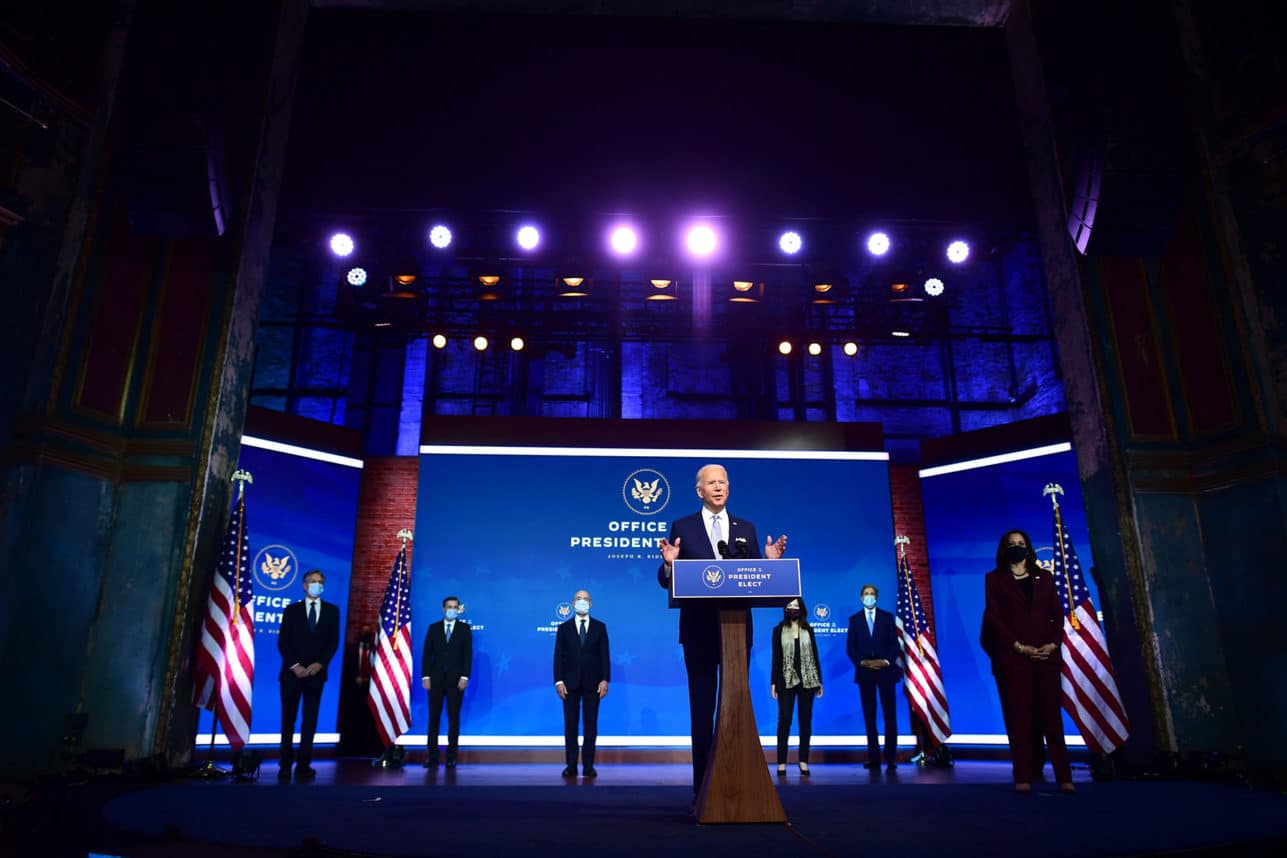


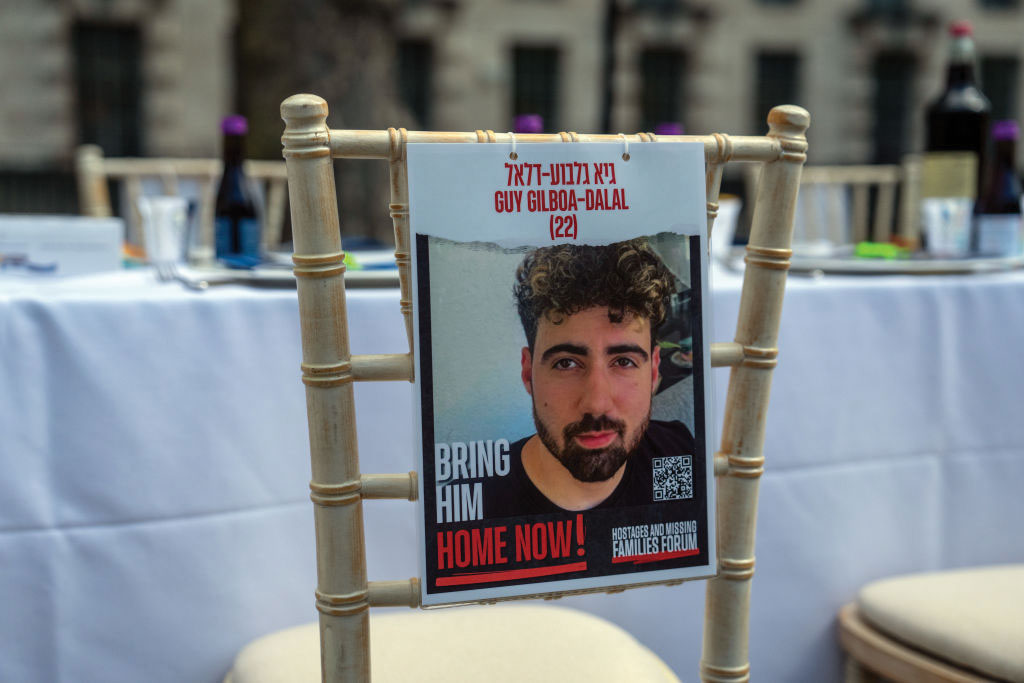
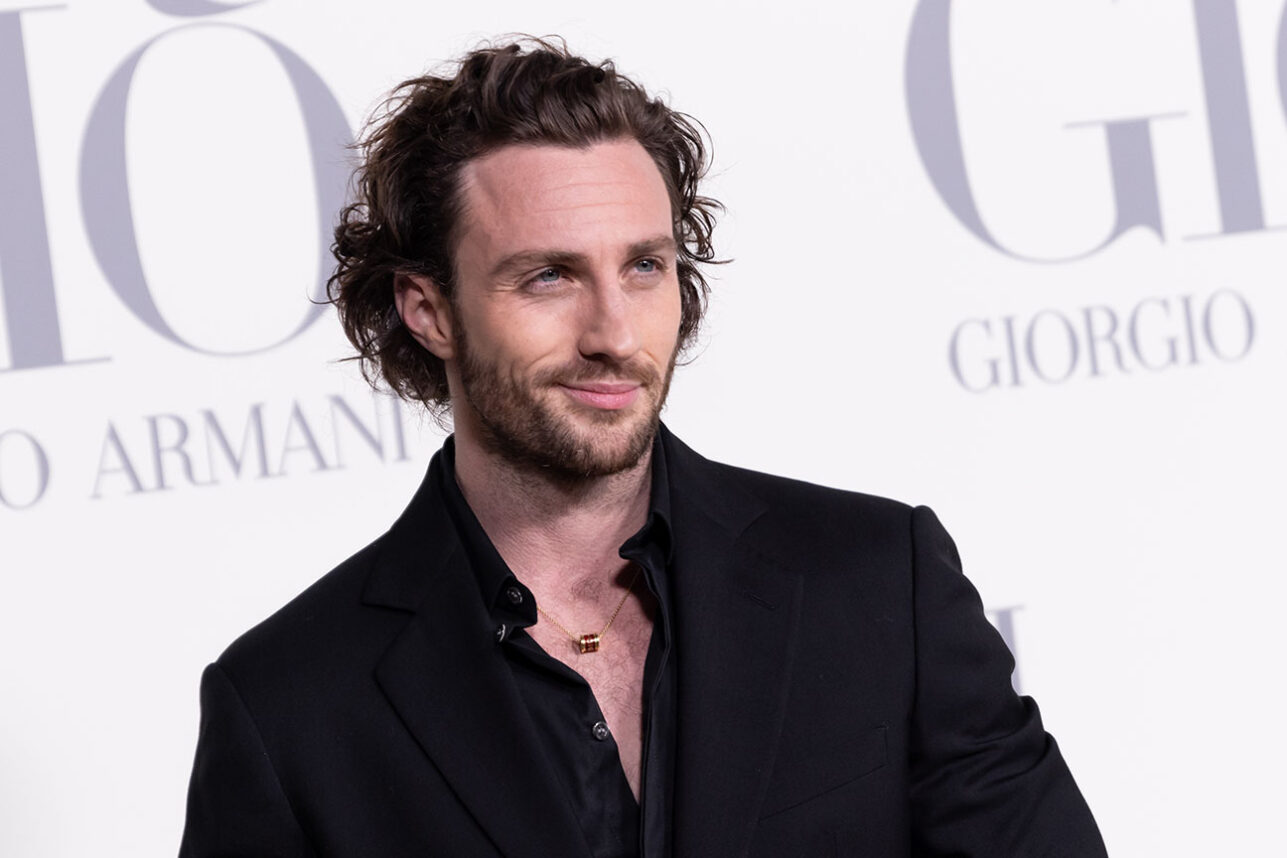


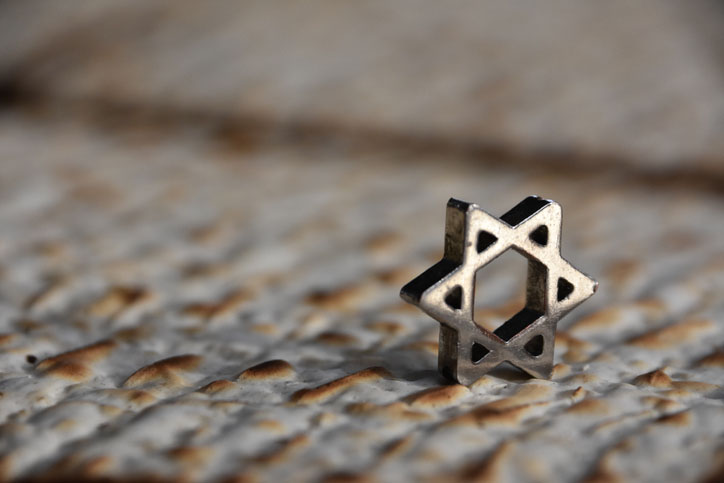



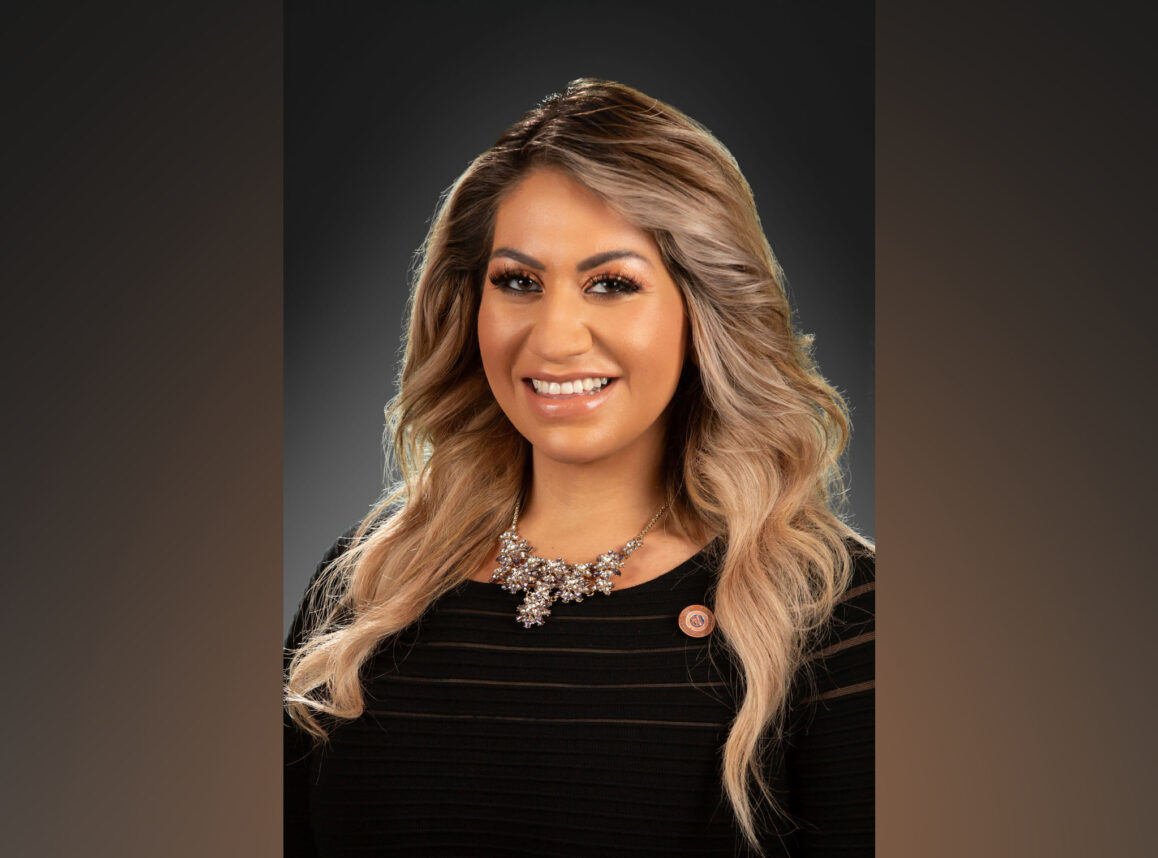
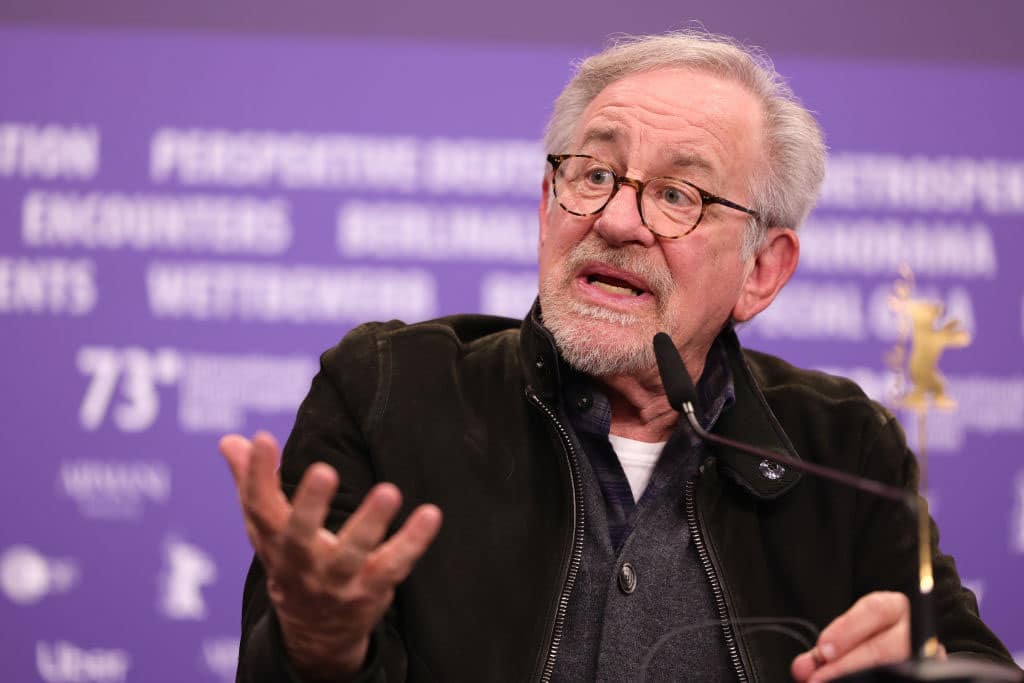


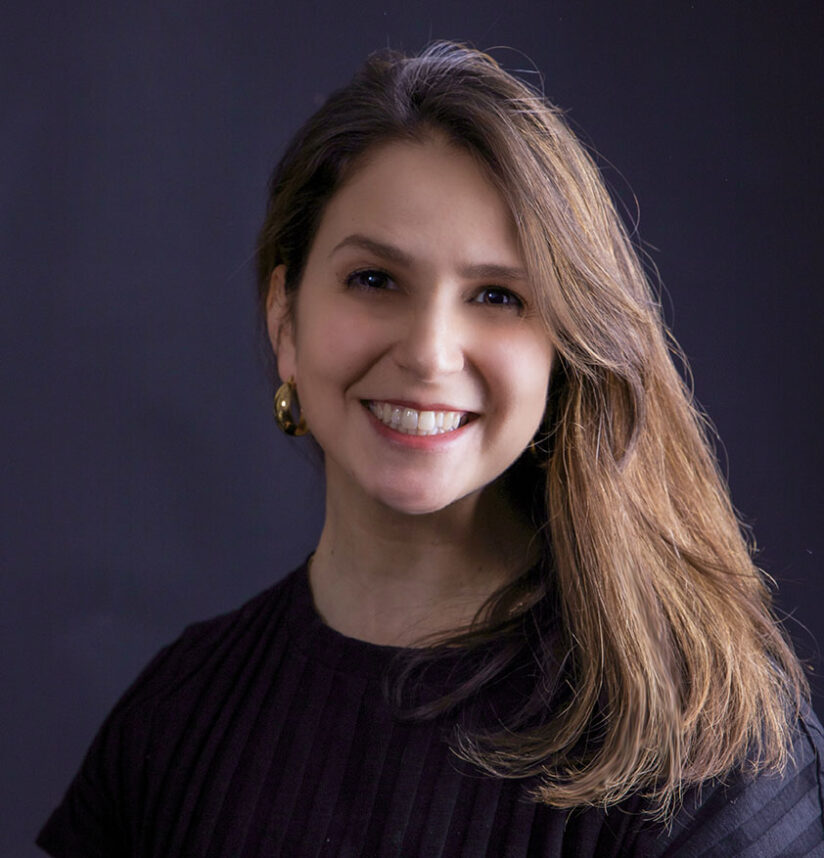
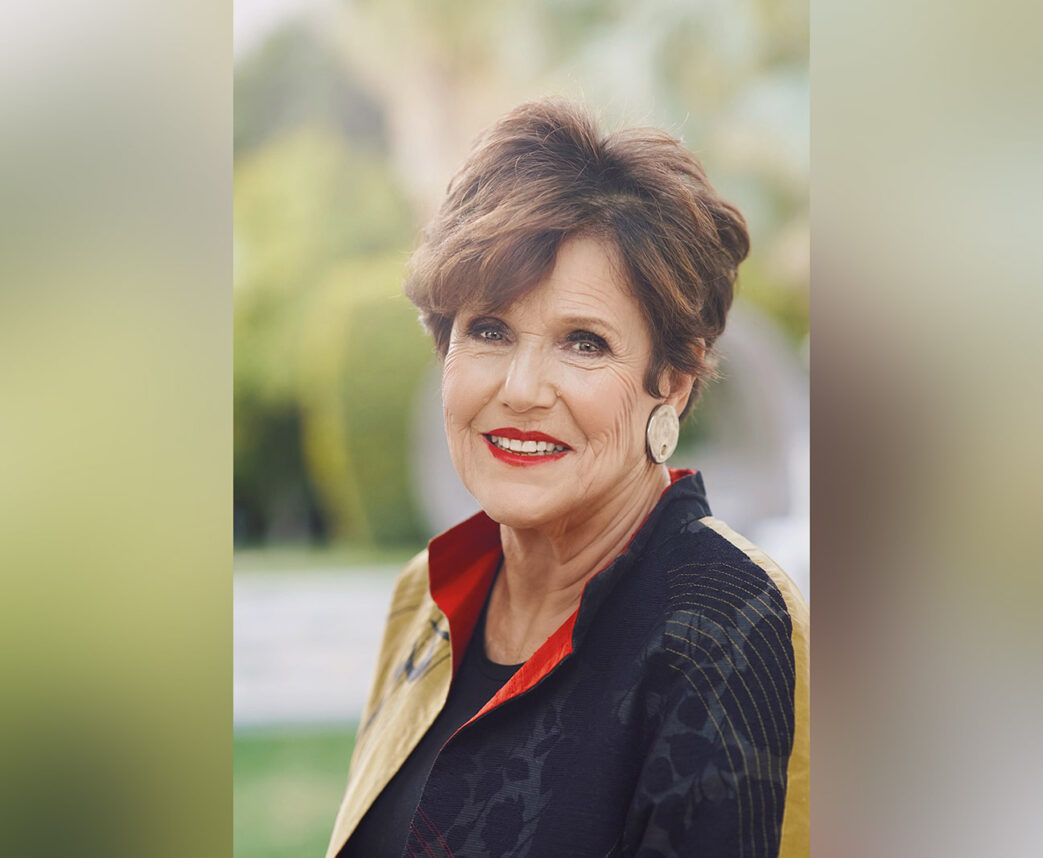
 More news and opinions than at a Shabbat dinner, right in your inbox.
More news and opinions than at a Shabbat dinner, right in your inbox.